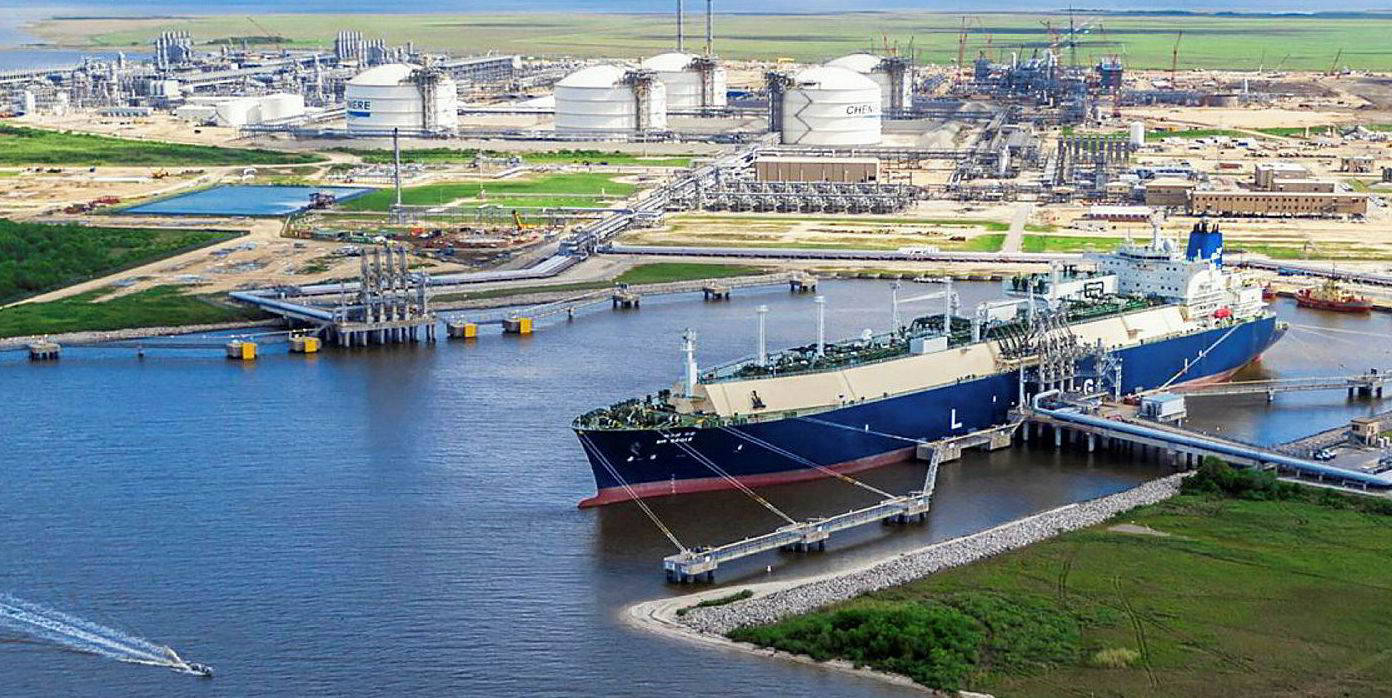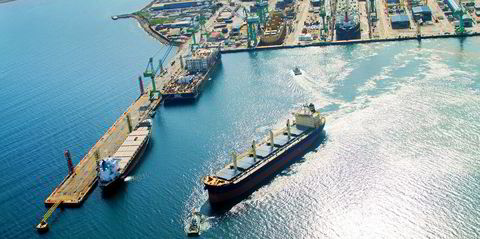Escalating trade tensions between China and the US have dampened the prospects of the next wave of American LNG projects, potentially affecting vessel demand sources and tonne miles for LNG shipping in the next decade.
With Beijing slapping a 10% tariff on imports of US LNG since 24 September, possibly rising to 25% next year if Washington ups the ante, companies interested in investing in gas carriers would need to pay heed to how the situation influences the future trading map.
For the near term, shipping markets may not encounter much turbulence, with a still small US-China trade volume, and much of the output from US projects in operation and under construction already having buyers. Diversion of US cargoes from China could even create delays occasionally, contributing to a boost in rates.
Loss of tonne-mile demand
But looking beyond 2020, analysts warn that the waning competitiveness of US projects in development against their international peers could lead to a loss of tonne-mile demand, as well as hesitation by prospective charterers in securing long-term tonnage amid trade uncertainty.
To come onstream between 2020 and 2025, when global LNG balances are expected to tighten, those projects — like their competitors in Qatar, Russia, Canada and Africa — will need to receive final investment decisions (FIDs) in the coming quarters.
Tariffs by China, which is widely tipped to drive LNG demand in the coming decade, certainly do not help as they curb buyers’ general appetite for US cargoes.
“These [tariffs] could well end up very short-lived compared to the decade-long horizons that LNG investors normally think in terms of; but, if they continue into the medium term, they are enough to make a difference,” consultant Gaffney, Cline & Associates said in a note this month.
Small today, but growing
“China is expected to account for most of the growth in LNG demand in the next few years, and even though the tariffs only affect a small portion of LNG today, it will become more meaningful over time.”
It is a race to the starting line, and Chinese trade issues give an advantage to international projects in arriving at that starting line first
Some optimists, such as Venture Global LNG, suggest that US LNG can eventually find buyers, as non-Chinese importers will need to fill the supply gap left by American producers’ increased exports to China.
But this might apply only to the existing trades. For future projects, the story could be different.
“There are at least three times the amount of proposed capacity as demand potential,” Stifel analyst Ben Nolan told TradeWinds. “It is a race to the starting line, and Chinese trade issues give an advantage to international projects in arriving at that starting line first.”
This month, LNG Canada announced the FID for its 14 million-tonne-per-annum production facility in British Columbia. Senior officials from Novatek and Qatar Petroleum also hinted at FIDs in the coming year for their respective projects, the Arctic LNG 2 and North Field expansion.
If more foreign projects are realised in comparison with US players, tonne-mile demand growth for LNG shipping may underperform between 2020 and 2025, because shipping distances from the US Gulf to the main demand centres are longer compared with most other suppliers.
Calculations based on Clarksons’ estimates of global projects in the front-end engineering design stage show that every one million tonnes per annum of production capacity in the US would require 1.22 LNG carriers with a capacity of between 165,000 cbm and 182,000 cbm.
The same capacity needs 0.92 vessels in Russia, 0.96 in Canada, 1.03 in Qatar and 1.07 in Nigeria. Only Mozambique requires more (1.27 vessels).
For now, few observers are willing to take a position on how the trade wars will pan out. But the uncertainty on the cargo side could well spill over into shipping, making charterers and shipowners more reluctant to take on new projects than they might be otherwise.
Even with strong recovery in newbuilding orders this year, Clarksons data shows only 18 LNG tankers are due for delivery from 2021 onwards, dwarfed by a forecast expansion of trade.
“The picture may become clearer in the coming months when more FIDs are taken globally,” Nolan said. “This [trade tension] delays FIDs and opens the door a little wider for international projects. It doesn’t kill them [US projects] but it does slow them.”







